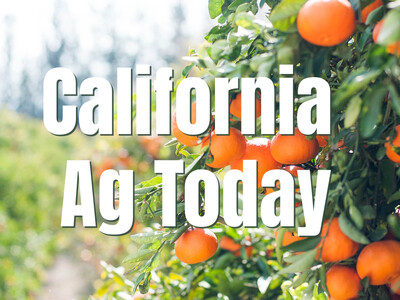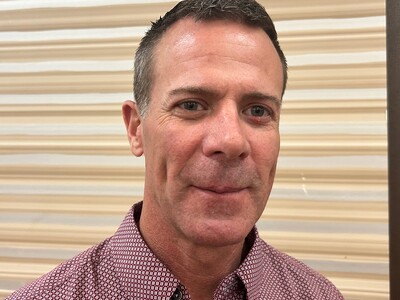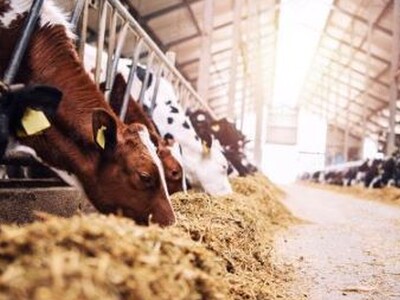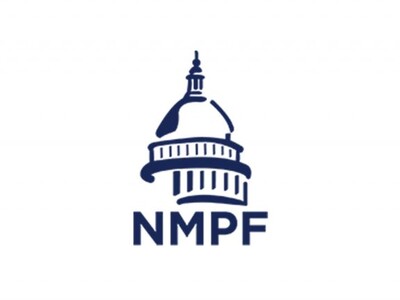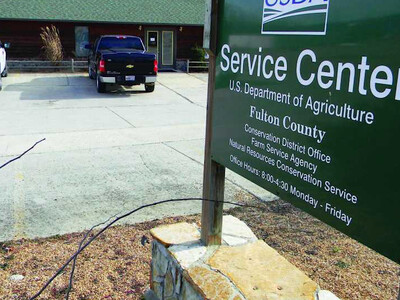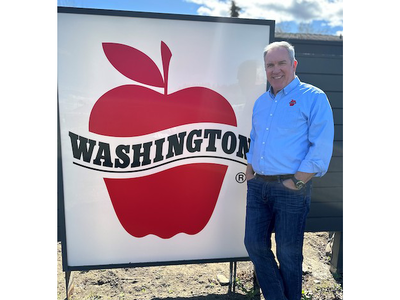Fertilizer and a chemical security antiterrorism bill
Farm and Ranch January 21, 2010 The U.S. Senate has not decided yet if it will follow the House’s lead in moving a chemical anti-terrorism bill the fertilizer industry sees problems with. The House passed the Chemical Facility Antiterrorism Act of 2009, which includes provisions concerning Inherently Safer Technology or IST. That would require chemical facilities to consider whether they can switch to safer chemicals or processes to reduce the risks and consequences of terrorist attacks. At the Fertilizer Institute, Vice President of Member Services Pam Gussain says her industry could be forced to substitute new sources of nitrogen for a proven one. Gussain: “Anhydrous ammonia is used as a feedstock for all nitrogen fertilizers and most phosphate fertilizers. So at the production level it would take probably some new science to substitute ammonia in that production process.” Then as you move on through the fertilizer supply chain; Gussain: “There are other nitrogen sources that retailers could supply farmers with, but as I said previously ammonia is used because it is 82% nitrogen and the most effective nitrogen source for most American farmers.” Gussain says if retailers were to incur too great a cost to change application equipment or storage facilities they might decide not to sell those products, which could further aggravate fertilizer price volatility farmers have struggled with in recent years. I’m Bob Hoff and that’s the Northwest Farm and Ranch Report on the Northwest Ag Information Network.





